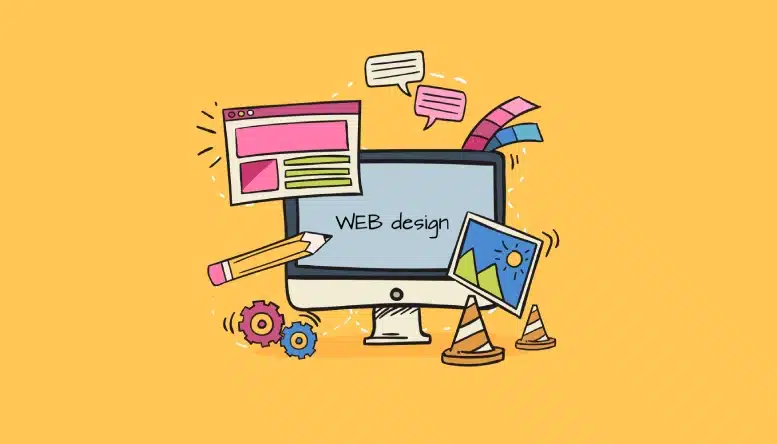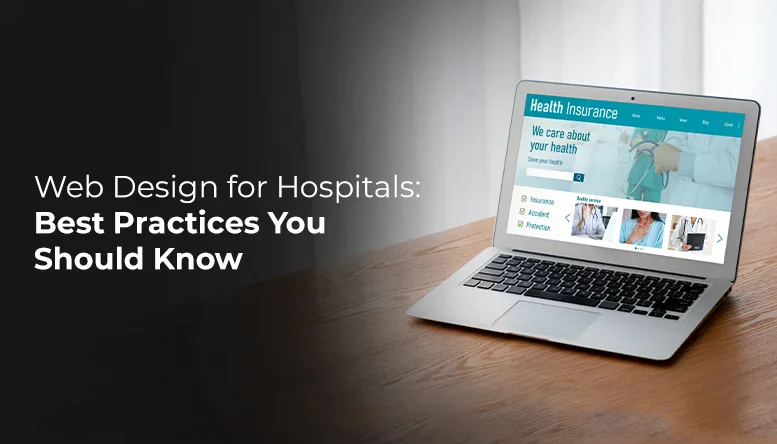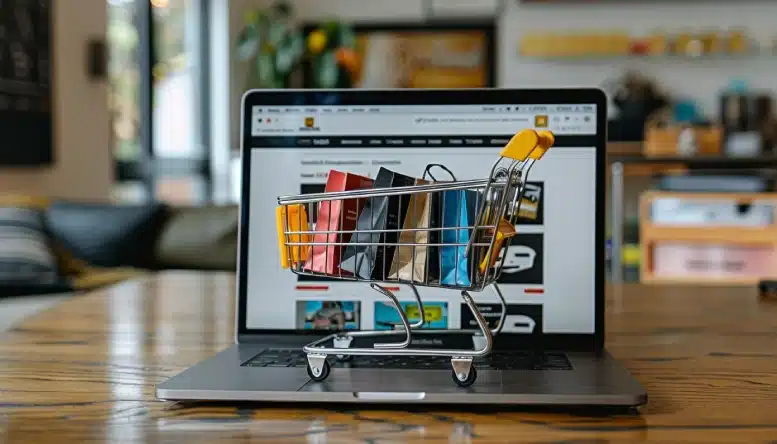What Is Web Designing?
Web design is the well-structured process of creating visually delightful, functional, and user-friendly websites for business and personal purposes. It…
READ More
October 22, 2024





